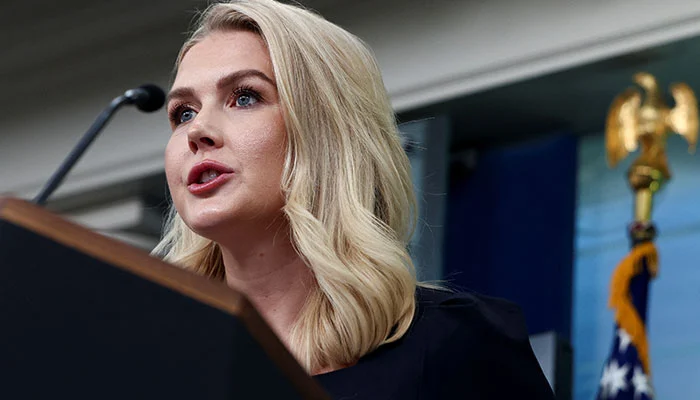In a significant development for global trade relations, the U.S has indicated its openness to revisiting a broader trade deal with China—on the condition that Beijing takes the first step in addressing longstanding concerns. This position reflects Washington’s cautious approach amid a complex backdrop of economic rivalry, strategic competition, and a growing need for global economic stability.
A Shift in Trade Diplomacy
The recent signaling from U.S. officials marks a subtle but notable shift in the Biden administration’s trade policy towards China. While maintaining a tough stance on issues such as intellectual property theft, market access barriers, and state subsidies, the administration has opened the door to renewed negotiations, provided China demonstrates concrete action.
Speaking at a recent trade forum, a senior U.S. trade representative stated, “We’re open to deeper engagement, including a potential deal, but the ball is in China’s court. We need to see credible steps before moving forward.” This comment underscores the current U.S. strategy: a blend of pressure and diplomacy designed to encourage Chinese compliance without compromising core American economic interests.
The History of the Trade Dispute
The U.S.-China trade relationship has been under strain for more than half a decade. Tensions escalated sharply during the Trump administration, which imposed tariffs on hundreds of billions of dollars’ worth of Chinese goods in response to what it called “unfair trade practices.” China retaliated with tariffs of its own, sparking a prolonged trade war that rattled global markets and disrupted supply chains.
In early 2020, both sides signed the “Phase One” trade agreement, in which China pledged to increase purchases of U.S. goods and address some intellectual property concerns. However, the deal’s implementation fell short of expectations, with China failing to meet its purchasing commitments amid the COVID-19 pandemic and other economic headwinds.
Since then, the Biden administration has taken a more measured approach, maintaining many of the tariffs but emphasizing alliances with like-minded countries and a focus on domestic industrial policy. Still, the door to engagement has remained ajar—especially in areas where cooperation could serve mutual interests.
Conditions for Progress
According to U.S. trade officials, future progress hinges on China making “tangible, verifiable” changes. These include eliminating discriminatory trade practices, ensuring better protection for foreign intellectual property, and reducing reliance on industrial subsidies that distort global markets. Washington is also pressing for greater transparency in how China sets regulatory policies and supports state-owned enterprises.
Trade experts suggest that Washington’s approach is designed to avoid the pitfalls of earlier agreements, which critics say lacked enforcement mechanisms and allowed China to delay or dilute its commitments.
“By insisting that China act first, the U.S. is trying to reset the negotiating dynamic,” said Dr. Laura Thompson, a senior fellow at the Center for Strategic and International Studies. “It’s a signal that Washington won’t enter talks just for the optics—there has to be substance.”
Beijing’s Response
So far, China has responded cautiously. While Chinese officials have expressed a desire for “constructive dialogue,” they have also pushed back against what they call “unreasonable demands.” In a statement from China’s Ministry of Commerce, Beijing reiterated its stance that mutual respect and equality must underpin any future negotiations.
Despite the diplomatic sparring, both sides are aware that a prolonged stalemate carries risks—not just for bilateral trade, but for global economic stability. The U.S. and China are the world’s two largest economies, and their trade policies ripple across industries, affecting everything from technology supply chains to agricultural exports.
Looking Ahead
With geopolitical tensions simmering and economic pressures mounting in both countries, the path to a new trade deal remains uncertain. Yet the latest U.S. signals suggest that the possibility is not off the table—provided China takes credible steps to address U.S. concerns.
For now, the world watches closely as the two powers navigate a complex trade landscape, hoping that renewed dialogue could lead to reduced tensions, fairer practices, and a more stable global economic environment.
Topics #featured #News #trending pakistan





